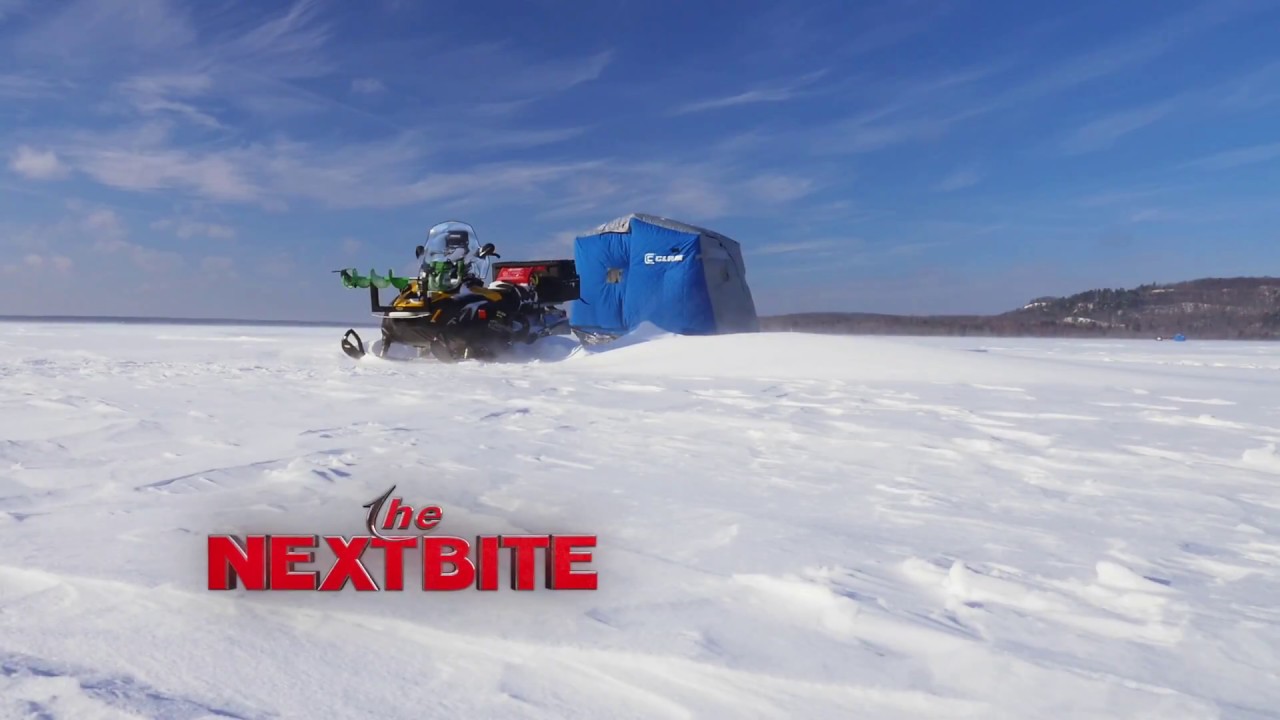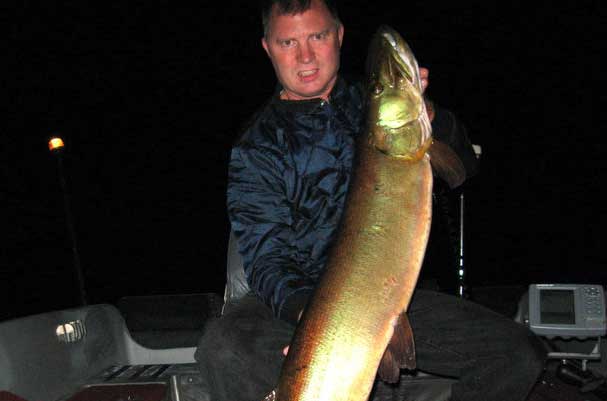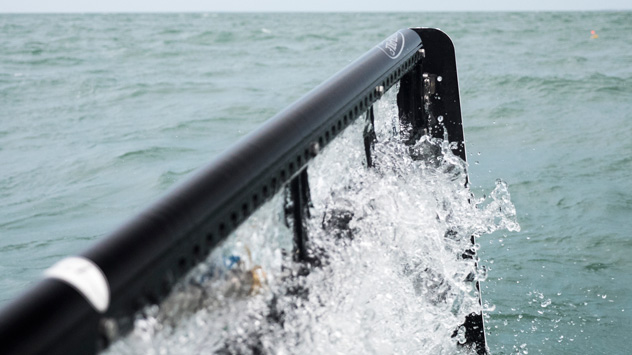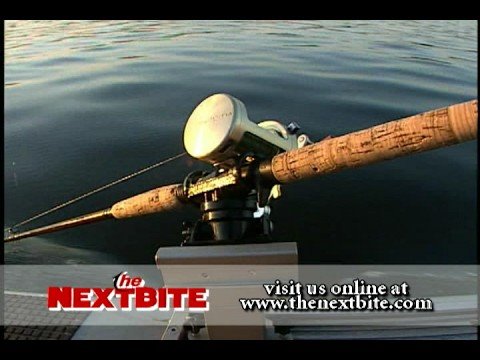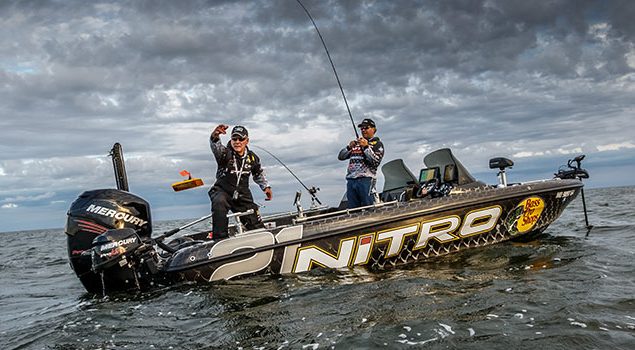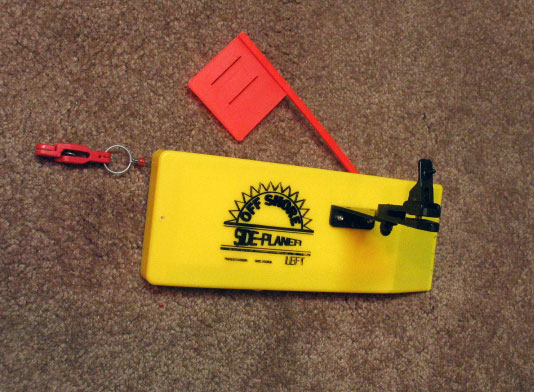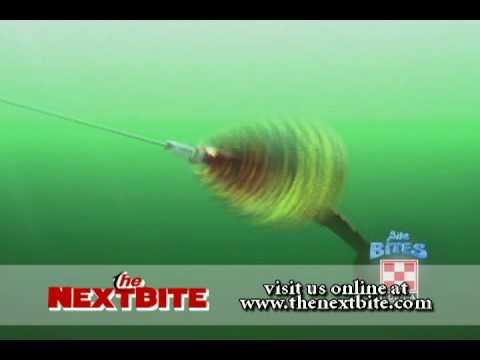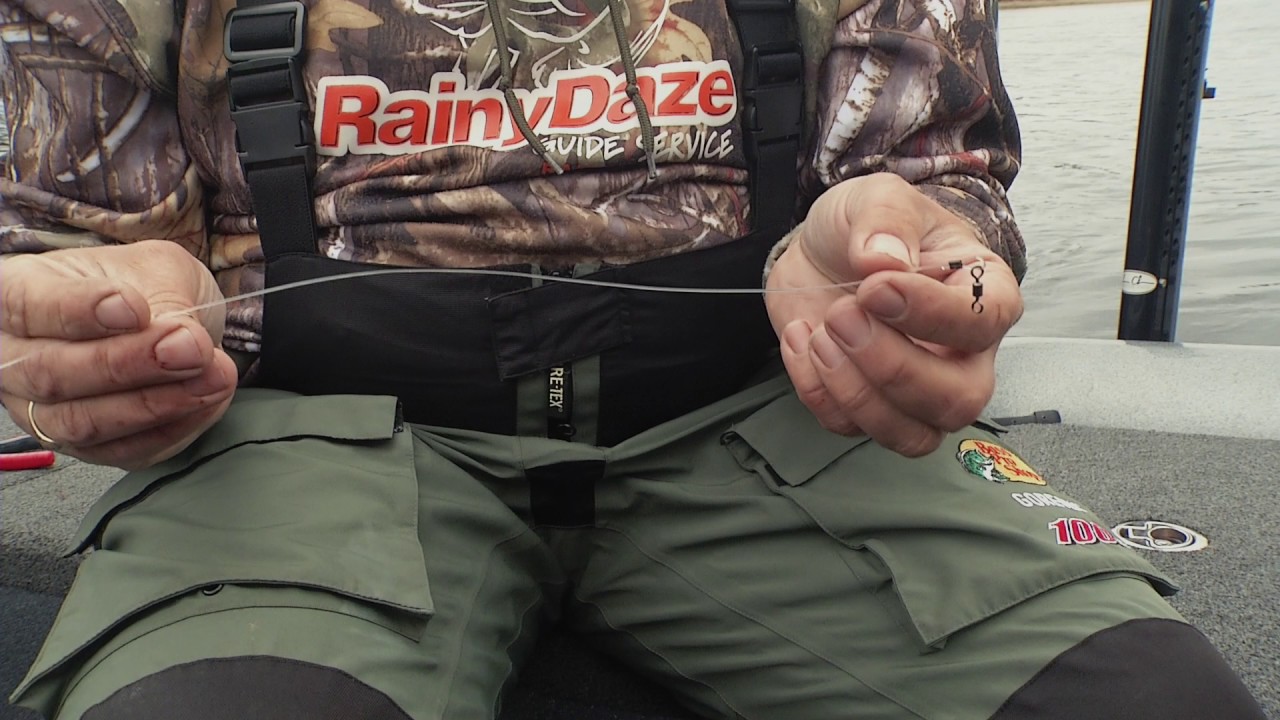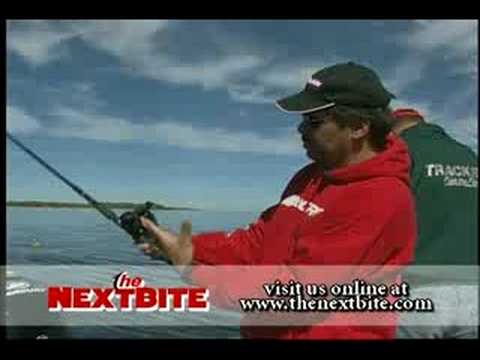Answer:
Spinning rods are very “personal” to walleye fisherman, because you almost have to become one with the rod and reel to feel the subtle “tick” of a walleye sucking in a jig, or the “mushiness” of a walleye mouthing a leech. For this reason, I would only look at high modulus graphite rods for my spinning gear. Unlike trolling applications, you typically only need one jig rod, or one rig rod, so make it a good one.
For vertical jigging I like a 6 foot, one piece rod with a soft, ultra sensitive tip section and plenty of backbone. It would be classified as a medium to medium light action rod with a fast tapering tip. When jig fishing if I feel something that even remotely resembles a bite, I set the hook immediately. To get the ultimate sensitivity, a jig rod needs to be built from high modulus graphite so that all of the bite’s sensation is transmitted through the rod blank and to your hand. The Walleye Angler Signature Series Rod model# WL60MS rod that’s light weight, super sensitive, and a joy to fish with all day long. The soft tip acts as a shock absorber for fighting fish on low or no-stretch line.
Your reel can also absorb sensitivity – especially if the reel spins backwards when you let it go. I use reels with a feature called instant anti-reverse. It’s easy to tell if a reel has this feature, simply try to move the handle backwards. If there’s no movement you’ve got a great jigging reel. Make sure your reel for jigging is also light. You’ll be holding the rod and reel all day, so a heavy outfit will fatigue you quickly. My choice for jigging reels is the Bass Pro Shops Pro Qualifier PQS20. Its compact, has instant anti-reverse, and very dependable – which I rely on when fishing day after day in tournaments around the country.
Gary Parsons The second application where a spinning combination is most used is “rigging” – or slip sinker fishing. Again, here is a technique where sensitivity pays off in weighty dividends. Unlike jigging, when rigging it is important to feel the bite, and then release line. For rigging, you need to have a fairly limber rod – especially in the tip – I’ll call it a medium-light action rod with a moderate taper (starts bending about half way down the rod). “So,” you ask, “Why don’t I want the same sensitivity as in my jigging rod”? The reason is that as well as you feel a bite, the fish will also feel it as well. With a jigging rod, the fish is much more likely to drop your bait when you release the line. Because a good rigging rod gives away some sensitivity by being more limber, it is especially important to have a high modulus graphite rod because it will transmit even the most subtle bite to finger.
The Bass Pro Shops Walleye Angler Signature Series rods are some of the best I’ve ever used for rigging. The WL70MS is 7 feet long, has an unbelievably sensitive tip, and the perfect action to detect bites but not so stiff that it signals trouble to the fish. A small, light weight reel is best for this application. Look for one with easy access to the backreel lever. Since rigging typically dictates light line, being able to easily switch to backreel mode when fighting a fish will help you take control of the battle and land more walleyes.
With those two spinning outfits, you’ll be set to tackle most any walleye fishing situation that you’ll come across.
Good Fishing,
Gary Parsons

